Beck Group and the Leadership Style Drafted from Sport and Military Rules
Founded in 1912 by Henry C. Beck, the Texas based company has evolved into an industry innovator. The Beck Group is dedicated not only to designing and constructing buildings but also to solving clients’ problems which overarching philosophy has made the firm one of the largest contractors in the nation.
The company has spent millions of dollars creating Beck Technology, which has lifted building information modeling to a new level through the development of DProfiler and DESTINI. The software helps contractors better understand and discuss project cost, scope, scheduling and other data in real time, or with DESTINI to provide immediate cost for buildings as they were modeled in the design phase, according to Beck.
Reported by Dallasnews, by the end of 2020 the company generated around $1.45B. Continue to succeed under generations of new management, what is its secret?
A Firm That Does Not Hire From the Street
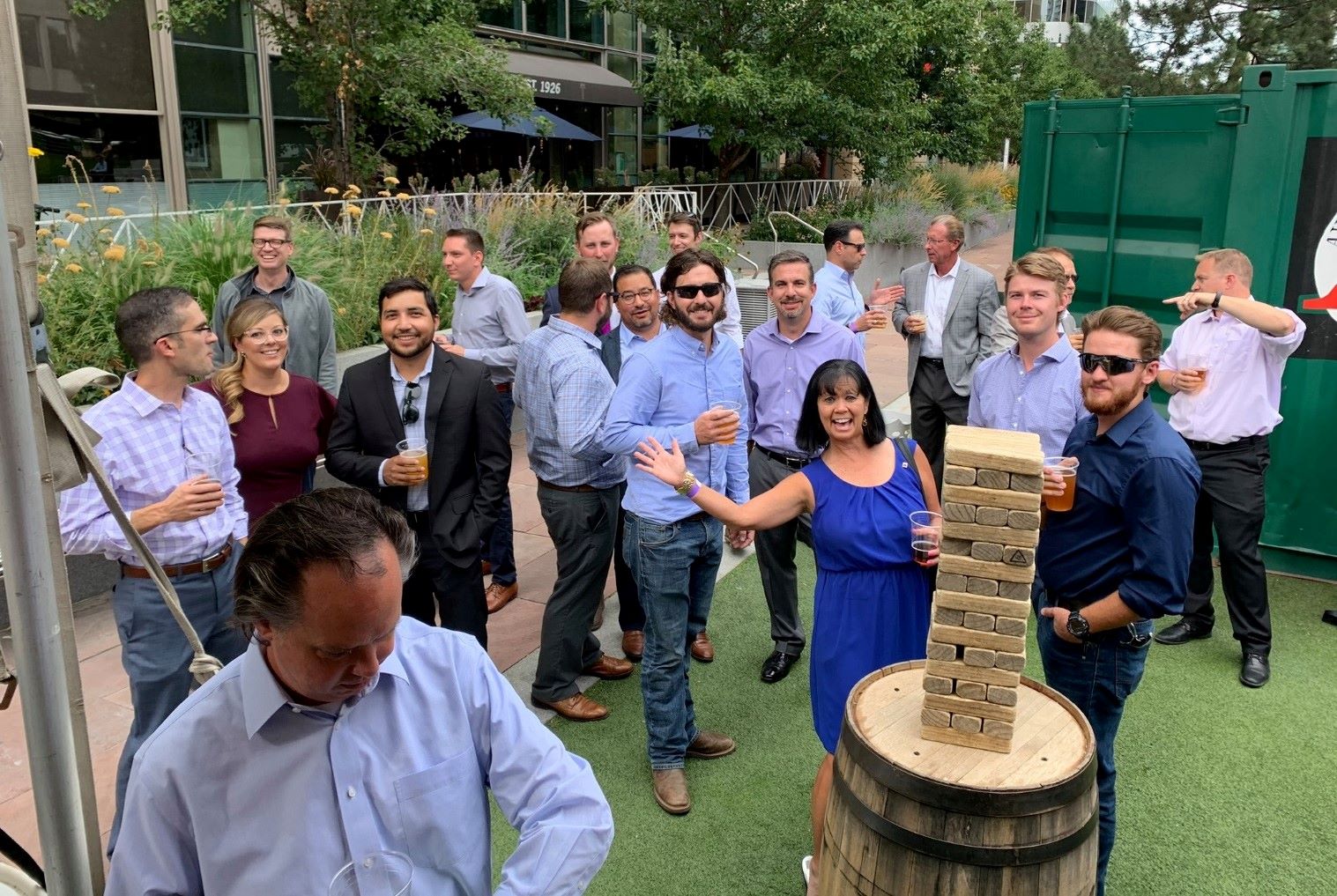
The company believes in building leadership from within, as it brings in new CEOs while they are still in their 30s and keeps previous executives around the next 10 years to mentor the new leader.
“You have to have a pipeline of leaders and consistently invest in developing people,” says Peter Beck who took over his father’s firm Henry C. Beck at age 35, and then hands over to Fred Perpall at his 50.
“I remember in my first years as CEO, it was great to sit down and talk to someone who’d been in the role, who explained what worked for him and where he made mistakes,” Beck recalls, and then Perpall has come to try things differently from how he used to it. The former CEO knew by then, it would be a shame not to take advantage of new thinking, new blood to make his father legacy – the company stronger. That is how, Perpall now the firm’s new CEO!
“Our culture is focused on meeting client expectations, and it’s hard to hire off the street and maintain that culture,” Beck says.
How Beck Group’s Successful Leadership Are Barely Sport Mentality?
About CEO Fred Perpall, he started out as an architect with degrees from University of Texas, who also rooted from The Bahamas and has his early life built around athletics and basketball. Growing into a business leader, Perpall says his sport experience is what influence most of his ethos and values today in developing corporate culture.
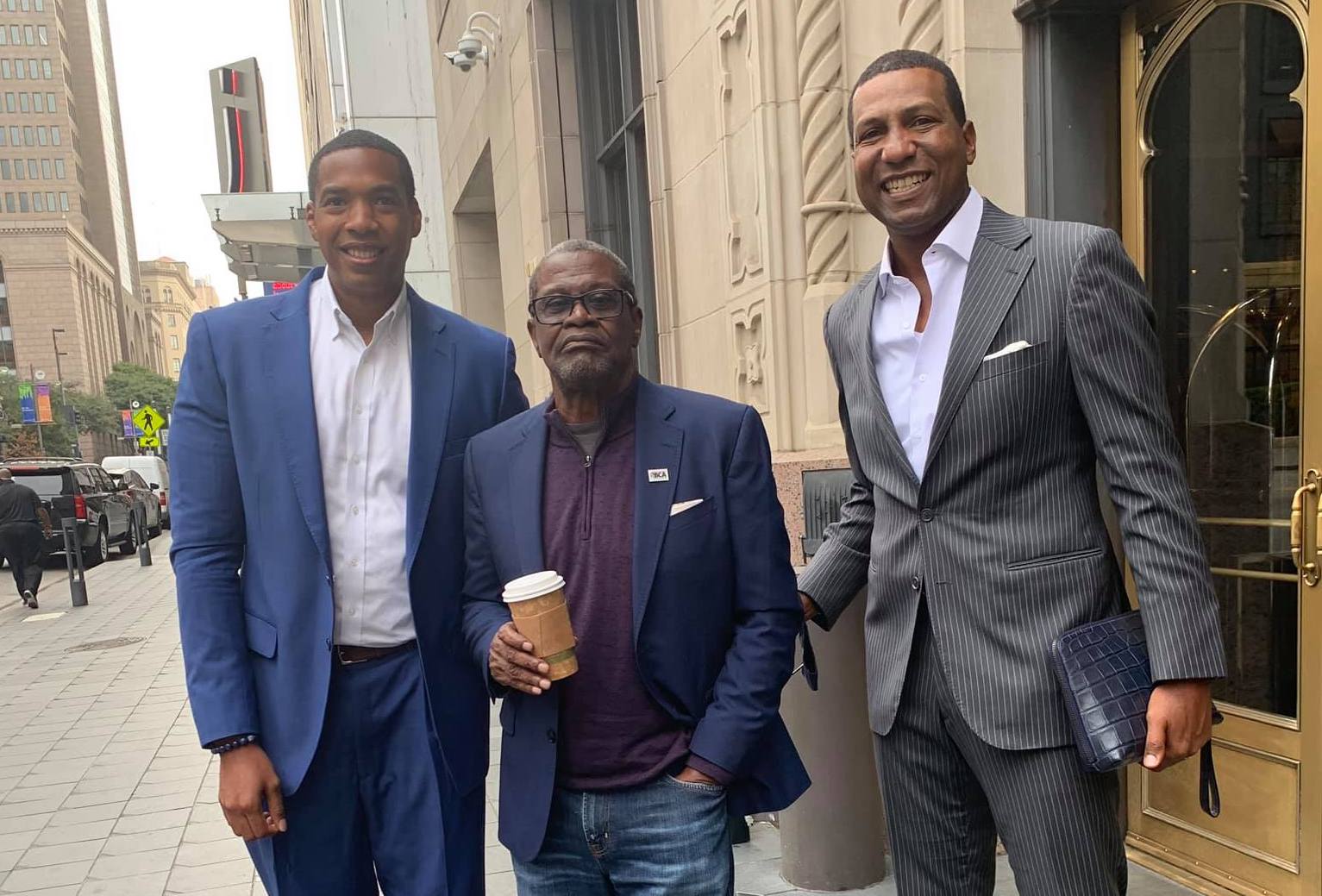
He believes that successful teams create ‘a collective vision of success’ that also satisfies the ambitions of a diverse array of individual team members. And how success and succession go hand in hand could be a powerful implication for leaders that want to build lasting pipelines of talents in their organization.
More from the conversation, how is sport relevant to nurturing corporate culture?
The Odd of Hiring 30-Something CEO?
Not many corporates would hire a 30-something CEO, but that is what Beck Group does. And Perpall is not the standoff one, previously the firm has done that four times, with other executives that also in their mid-30s. So, there must be something ‘odd’ about this culture!
The only answer here is its belief in the investment of people. When a company make bold gesture on investing for its people, that will manifest itself and you end up creating leaders for yourself. “We’ve also created a lot of leaders for other companies, too,” Perpall chuckles on an interview with Dmagazine. He and the leadership also looks at a big joint venture with another company, whose founder as well came from Beck. Just like that, he says, it’s easier for the merger because they believe in a lot of the same things the firm does – that is the only thing that matters.
“Great companies collaborate with their colleagues, best-in-class companies spend time with their competitors,” says Perpall.
Some days you may compete, but other days you may be collaborating on building a new design. Competition used to be black and white but now the world is getting very gray. Therefore, while investing and trusting people from within your organization, leaders have to have a big picture and to be more be more flexible looking for ways to collaborate more. Because that is how your in-house talents could learn more from the world, by seeing what other people are doing, it jazzes you up.
“Best-in-class athletes do that, too. LeBron James works out in the off season with Kevin Durand. Best-in-class businesses spend time with their competitors, too. I’m a big fan of that, and I think it’s a big opportunity for us.”
The Difference between a Team and a Collection of Individuals
There three main differences between a team and a collection of individuals, according to the executive, all of which are the components that make a corporate stand out from the other.
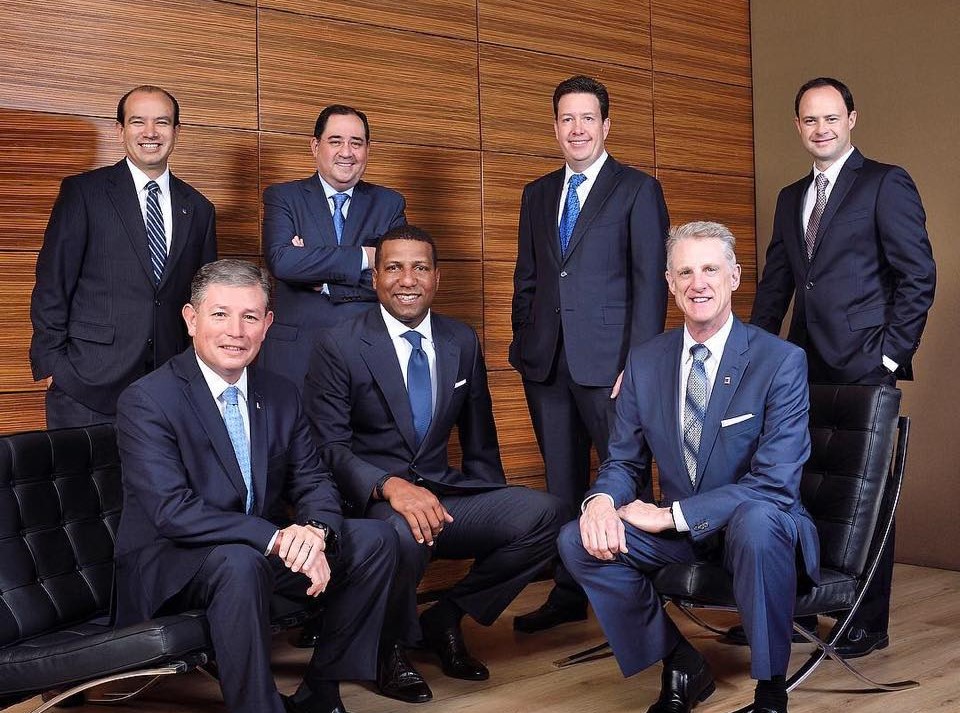
First of all, it’s about deep connections. What create a team is its people and how well-connected they are to each other. Teams need to have time to get to know individually as well as understand others’ aspirations. And it’s not only about team players but also leaders, you are in charge to facilitate that process and spread the mentality by treating employee not the way they treated you, but the way they wanted to be treated.
Secondly, is the vision for collective success. When you lead a team or in one, you have to think about how you can actually create the environment where collectively are much better with each other. And it’s vital to have a list aspirations and things that you cannot achieve by yourself, but remember as well if the aspiration only big enough where any of you can do it by yourself, then it is not a noble aspiration that an organization needs to grow out of.
And the last but also most important thing, he says, is to have trust. ‘Is there anyone that got your back?’
To Perpall, a team could never be a team if one person on it that doesn’t inspire ‘trust’ – which can be translated into the competency to do the thing they say they would do, the willingness to do what they say they will do. Therefore, it is important to have the character and integrity that do not undermine you or what you have said, but really trust and have your back to help you get those goals – together as a team. “Trust is an advantage for any team,” says Perpall. And then you need a giant ambition so that you can achieve as a team and feel better than achieve it by yourself.
“People who don’t know each other can never trust each other and people who don’t trust each other can never do well with each other, that the biggest challenge in the corporate environment.”
Definition and Application of Inclusion
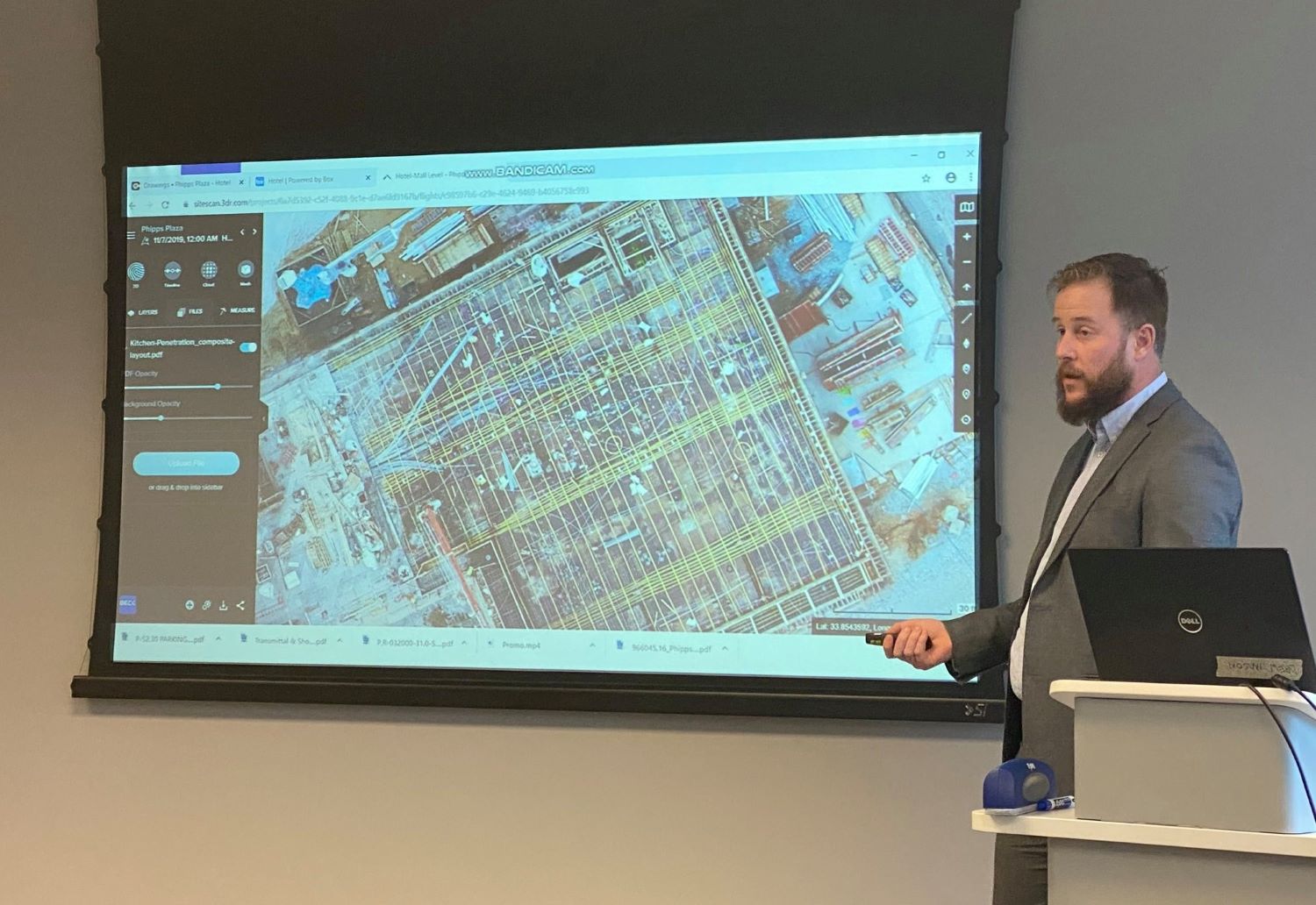
Keep on the culture conversation, Perpall tells his definition of inclusion and how it is exploited at the firm.
“Inclusion means has a broad source of viewpoints by which you able to see everyone talents despite regardless of what do they look like, and what gender they are. Inclusion is to have an environment and culture where people come from different background all can feel comfortable in your culture in their true self when they come to your firm,” the executive insist on an interview with Donyaeger.
At Beck, the firm has been running an orientation program, where leaders can talk about their principles and the firm’s values, how they have successfully instrumented both elements and how teams can align to that or outgrow from that. Above all, you need a program to connect many layers of your organization and fuse their voices together so everybody could be heard.
“You don’t want to work with people who just look like you, with the same skills set and approach,” the executive explains, even though, that is what makes you feel comfortable.
You have to learn to work well with other’s different values and sympathize it. “So, one of the things we are trying to do at Beck is to run people to enough experiences so they can understand the value of having diversity and different point of views and use that to serve their communities.”
After all, culture is learned through stories, which is why story telling is important to develop great culture. At Beck, he says, the leadership tells stories and communicates through many channels from webs to social media.
“Every construction firm calls integrity one of its values, so you have to showcase, what it really means to you with real life characters.” Be dared to bring on uncomfortable conversations, because that is the only how to inspire trust and connect not only customers and your teams but also within teams together.
At time of the pandemic, what is Beck’s strategy in maintaining company culture?
“Facing a public health pandemic teaches you that there is no such thing as being over-prepared,” Perpall explains, you can run the risk of over-communicating in any other situation, but during the last pandemic where the organization was taken away the privilege of seeing its every people, you have to check-in.
At the company, management and teammates IM, email, and connect on video conference calls daily and weekly. It’s health maintenance and helps prevents isolation and anxiety, he says.
Ideas of Success?
There were also different ideas about what success looks like. Sometimes when you’re in a company that only deals with one part of an industry, you may only be optimizing that particular piece of what that overall industry does. We have a big belief here, proven by lean practice principles, that you can’t optimize an industry by optimizing just one piece of it. To optimize the whole, you have to optimize each piece of it.
Mentoring Culture: Military Theory to Leadership Strategy
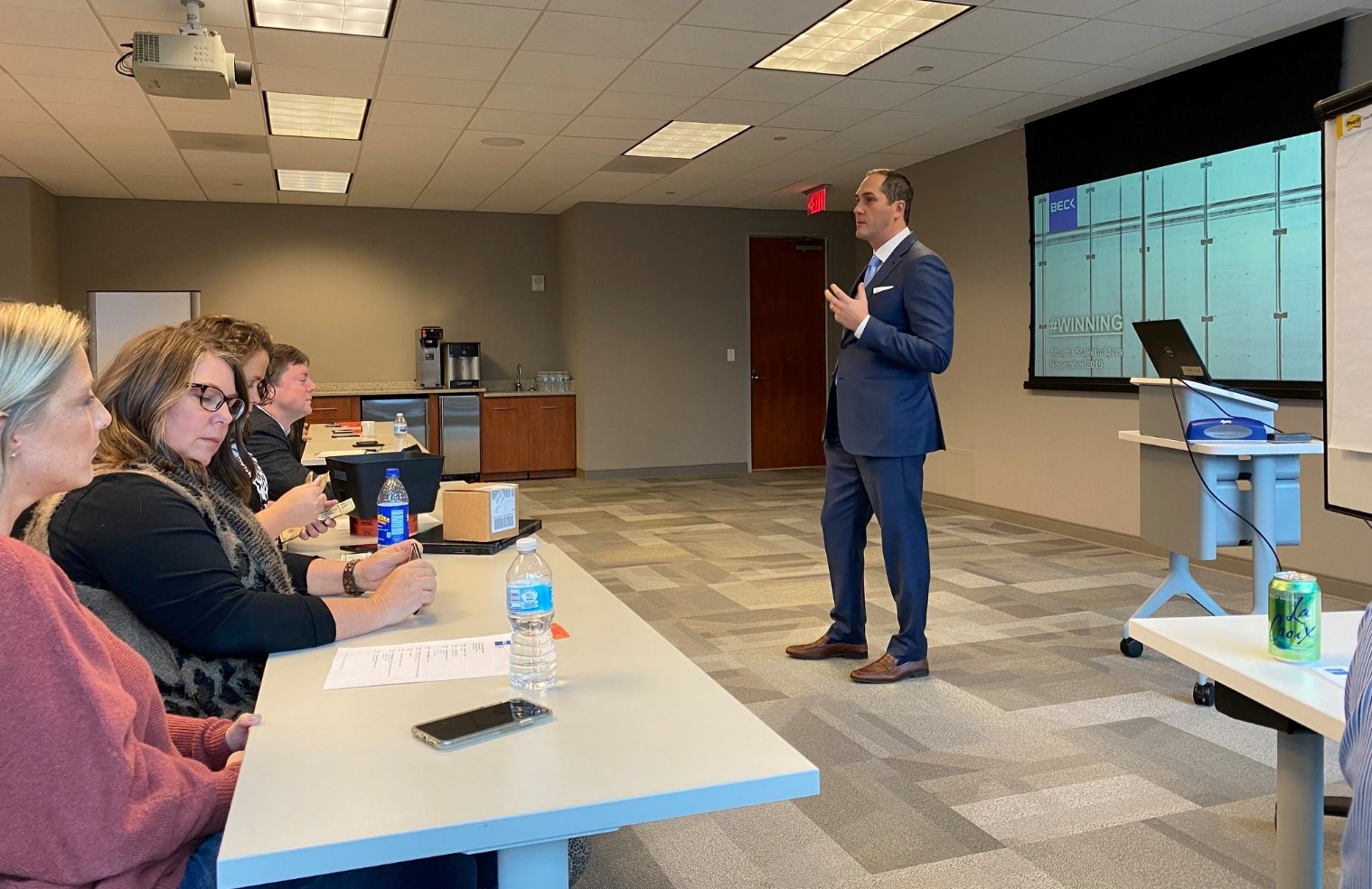
For a company that value leadership from within, how does its mentorship and leading culture look like?
Let’s meet up Mark House who celebrates his 22nd anniversary at Beck Group just earlier this year. Prior to being the firm’s Managing Director, he spent his formative years in the military. This journey at West Point, which he says instills in its graduates much more than military theory and plays as the primary influence on what defines his leadership strategy today.
“By the time you get to the Army, you know what your leadership philosophy is, you know how people will react in stressful situation” House explains, leading is like asking people to voluntarily do things for your teams and for you, instead of themselves, or at war where they may lose their life over. Therefore, you have to be able to be very convincing in your leadership skills to ask these people to follow you.
House recalls, how his father was also a paratrooper and amongst soldiers there is a unique culture of trust and responsibility for others that develops as they were jumping out of airplanes together.
One of his strengths is how good he is in communicating and connecting with everyone under his command. And there is a simple yet most effective process, the director learned after years of practice, for helping new hires get started on the best footing possible. “This is what you can expect form me. This what I expect from you. And these are my hot buttons. These are the things that really kind of get me going, positive or negative.”
He wants to straighten things out before getting hands in. Of course, you do respect characteristics and differences, however, while leading a running mechanism you have to be the first to reach out, and let others know what is going on here. Clear delineation of dislikes likes, and expectation would remove much of the second-guessing and missed signals that can complicate workplace situations or relationships.
“They know from very early on what to expect,” House says. “I’ve found that you kind of jump six months ahead on your relationship by just outlining these things. And most of the time people look at it, they read it, and they go, ‘You know what? This is exactly what I think.’”
Indeed, the process works both ways. House uses his “hot button” method to learn what drives new employees, not just make them aware of his pet peeves. “To have success,” he says, “you’ve got to know your people, know the way they think. You’ll get a lot more out of folks if you do that.”
As the firm’s old oak, it’s important that he nurtures and keeps the mentality of ‘built in-house’ passing on. House says, mentorship is essential at Beck and, to him, to meet and exceed leadership expectations it all boils down to this one sentence: Find and mentor people who can replace you.
“Showing people that I care about them — and not just as an employee but as a person. And then showing them that I want them to succeed wildly. If their success means that someday they will take my place, then I want that to happen. If they’re better than me, I want them to succeed.”
What is Organic Mentorship?
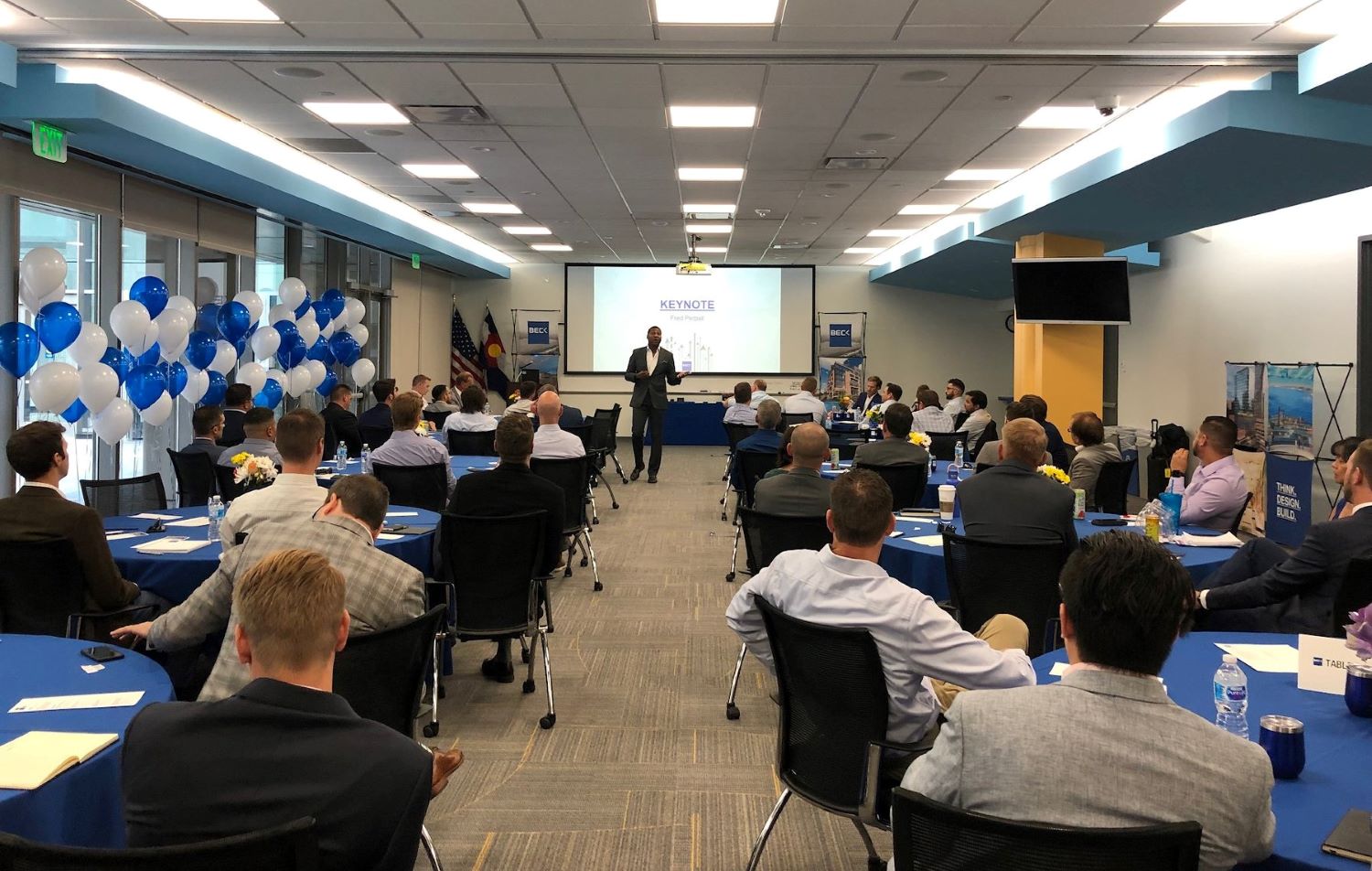
To better understand hiring and onboarding procedure at Beck, Holly Crowder – Chief Human Resources Officer at the company says they do it quite organically. Let’s start with her own story!
As of now, Crowder has been with the firm for 23 years, with construction engineer degrees she started out working on estimation or also knowns as preconstruction, jumping between projects and flying around states from Colorado to Texas. But only for a while, she realized working on the field site was not something she wanted to do for rest of time.
The executive went on to tackle education and pursue a master degree to be a teacher. Over the course, when she about to leave, the company told her, “You don’t need to leave to be a teacher, you can teach here, the group need teaching,” Crowder recalls. Then she goes on, takes training and development role in the company – which over the time open the opportunity for the executive to be on the people site of the business.
After all, she says, diversity in experience is what helped her to get where she is today. Playing many roles from writing marketing proposal, be a project manager to traveling around Beck’s offices in many states. The opportunity to do littles things has had her prepared for the big thing, especially as HR chief, being diverse in experience helps her understand people’s struggles and know what questions to ask.
Later on, she develops a mentoring program at the headquarter that is now used across all establishment of the group.
“It’s quite organic, it’s a program where mentor candidates can pair up with mentees, and together work it out it their own way – one on one,” she explains. To Crowder, mentorships go both ways – somebody with more years of experience would learn just as much as the new coming person and vice versa. Therefore, organic one-on-one is something that has developed over time by itself, “It’s not something new that I come up with, I just saw colleges gather up and knew they need a head-up on that. So, the point is to create an environment where people feel free and feel the urge to share their point of views and experiences.
Over the course, people started to want more and there comes group events or open talks for mentors or mentees to have their own playground to learn, besides work.
However, mentorship works best, according to Crowder, is when the mentees seek out to the person they admire, for the reason they admire them.









